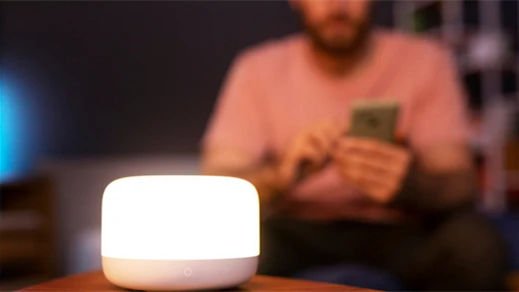Solar street lights have emerged as an environmentally friendly and energy-efficient lighting solution for urban and rural areas. By harnessing sunlight during the day and converting it into electricity, these lights illuminate streets, pathways, and public spaces after dark. In this blog post, we explore the intricacies of solar street light power consumption, delving into the principles of solar energy conversion and the physics behind their operation.
1. Solar Energy Conversion
Solar street lights utilize photovoltaic (PV) cells to harness sunlight and convert it into electrical energy through the following steps:
1.1 Photovoltaic Cells
PV cells, also known as solar cells, are the fundamental components responsible for converting sunlight into electricity. These cells are typically made of silicon, although other semiconductor materials like cadmium telluride or copper indium gallium selenide may also be used. Silicon-based PV cells are the most common due to their efficiency and reliability.
1.2 Solar Absorption
When sunlight strikes the surface of a PV cell, it excites electrons within the semiconductor material, creating an electric current. This phenomenon, known as the photovoltaic effect, occurs due to the interaction between photons (light particles) and semiconductor atoms.
1.3 Generation of Direct Current (DC)
As sunlight energizes electrons, they become mobile and flow through the semiconductor material, generating a direct current (DC) electrical output. The electrical current produced by each PV cell is relatively small, so multiple cells are connected in series or parallel to form a PV module or solar panel.
1.4 Sunlight Intensity and Efficiency
The amount of electricity generated by a solar street light depends on several factors, including the intensity of sunlight, the efficiency of the PV cells, and the size of the PV array. Higher sunlight intensity results in greater electron excitation and thus higher electrical output. Additionally, PV cell efficiency, which refers to the percentage of sunlight converted into electricity, plays a crucial role in determining overall system performance. Advances in PV cell technology have led to increased efficiencies, allowing solar street lights to generate more electricity from the same amount of sunlight.

2. PV Array Configuration
Solar street lights feature arrays of interconnected PV modules or panels strategically positioned to capture maximum sunlight exposure. The size and configuration of the PV array are optimized based on factors such as geographic location, shading, and desired energy output. Additionally, tilt angles and tracking systems may be employed to enhance sunlight absorption throughout the day, further maximizing energy production.
3.Battery Storage
To ensure continuous illumination during nighttime hours and periods of low sunlight, solar street lights incorporate battery storage systems. These batteries store excess energy generated during the day for use at night, providing a reliable power source when sunlight is unavailable. The capacity and type of batteries used vary depending on factors such as lighting requirements, geographic location, and environmental conditions.

4. Power Consumption
The power consumption of a solar street light is determined by several factors, including:
4.1 Lighting Technology
The type of lighting technology used significantly impacts power consumption. LED (Light Emitting Diode) lights are the most common choice due to their energy efficiency and longevity. Compared to traditional incandescent or fluorescent bulbs, LEDs consume significantly less power while providing comparable or superior illumination.
4.2 Lighting Intensity
The brightness level or luminous flux required for a particular application influences power consumption. Solar street lights often feature adjustable brightness settings to optimize energy usage based on ambient lighting conditions and user preferences.
4.3 Operational Duration
The duration for which the lights remain illuminated each night affects overall power consumption. Solar street lights are typically equipped with programmable timers or light sensors to control when they turn on and off, helping to conserve energy and extend battery life.

5. Physics of Light Distribution
Efficient light distribution is essential for maximizing the effectiveness of solar street lights while minimizing power consumption. Optics principles govern how light emitted by the fixtures is dispersed, ensuring uniform illumination of the surrounding area. Factors such as lens design, reflectors, and light diffusers play critical roles in directing light where it is needed most while minimizing waste and light pollution.

6. Conclusion
Solar street lights represent a sustainable and cost-effective lighting solution, leveraging the power of sunlight to illuminate outdoor spaces while minimizing environmental impact. By understanding the principles of solar energy conversion, battery storage, power consumption, and light distribution, stakeholders can make informed decisions when deploying and managing solar street light systems. As technology continues to advance, solar street lights are poised to play an increasingly significant role in shaping the future of urban and rural lighting infrastructure.


































Leave a comment
This site is protected by hCaptcha and the hCaptcha Privacy Policy and Terms of Service apply.